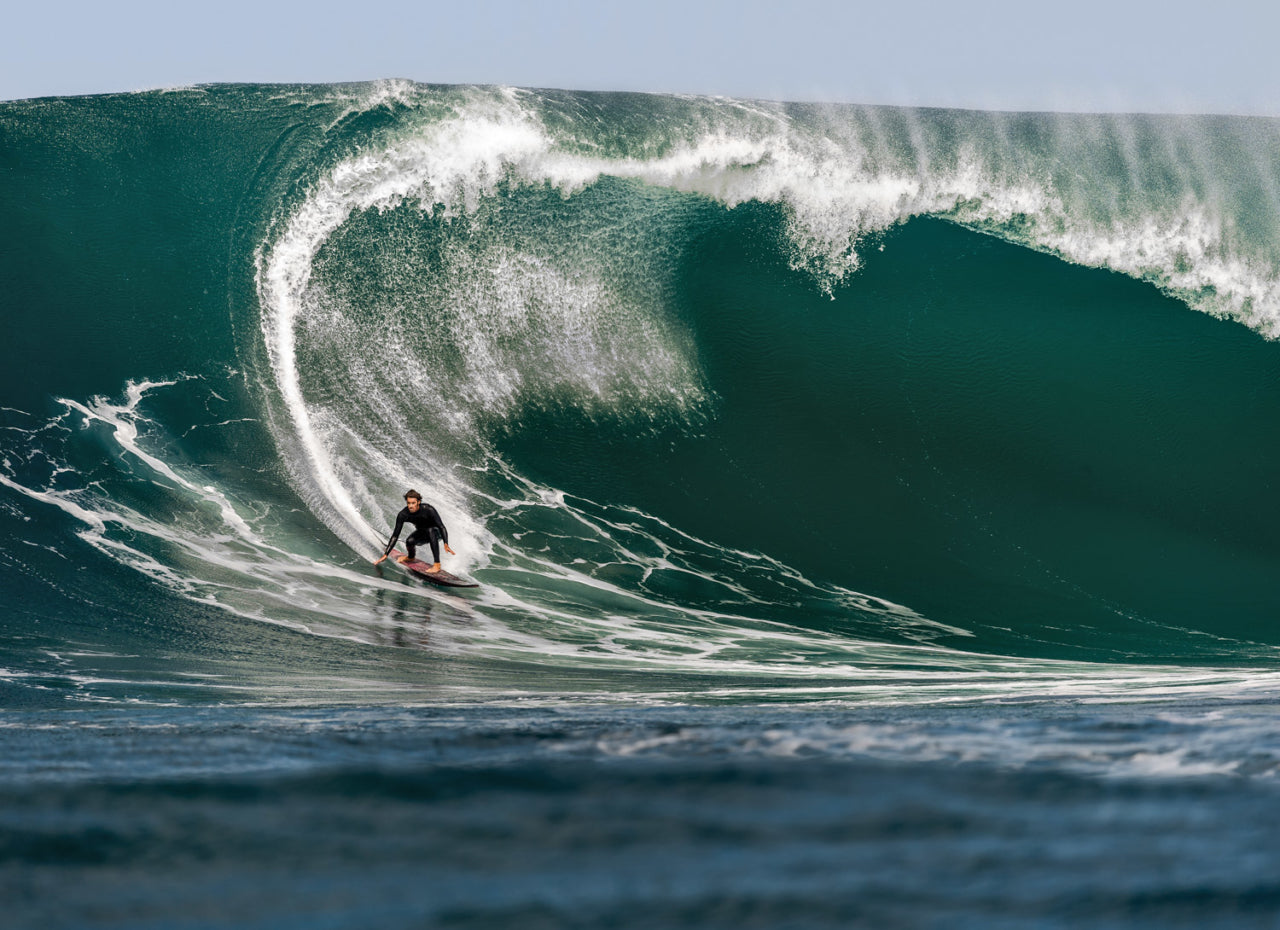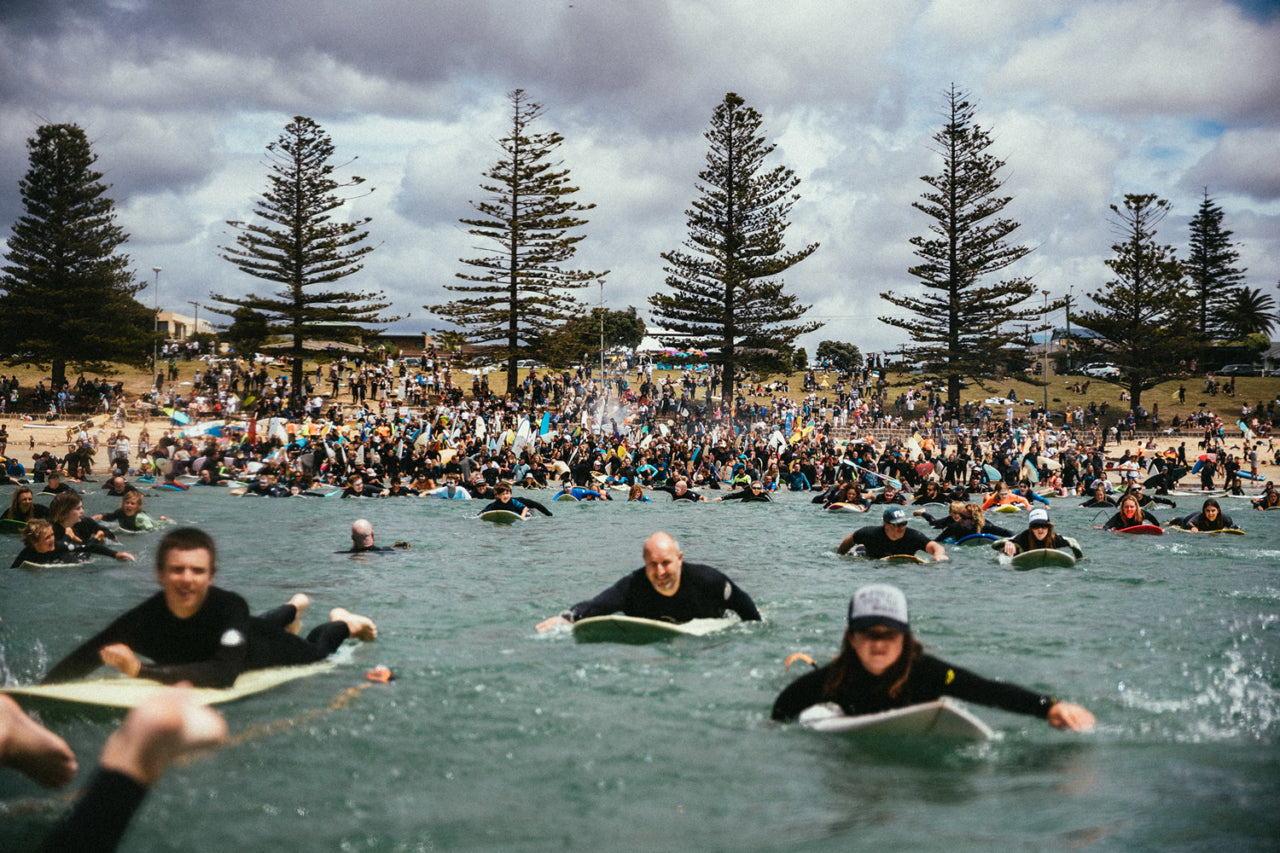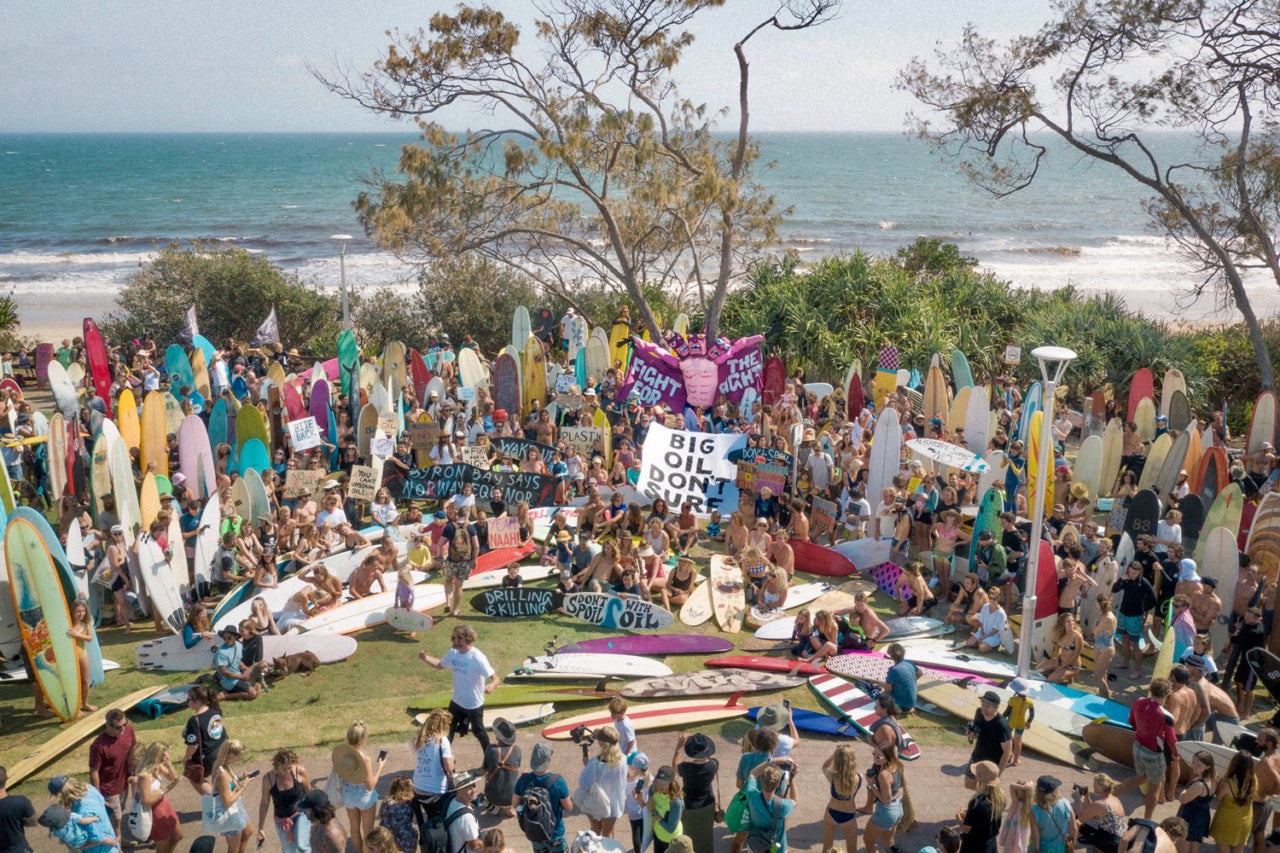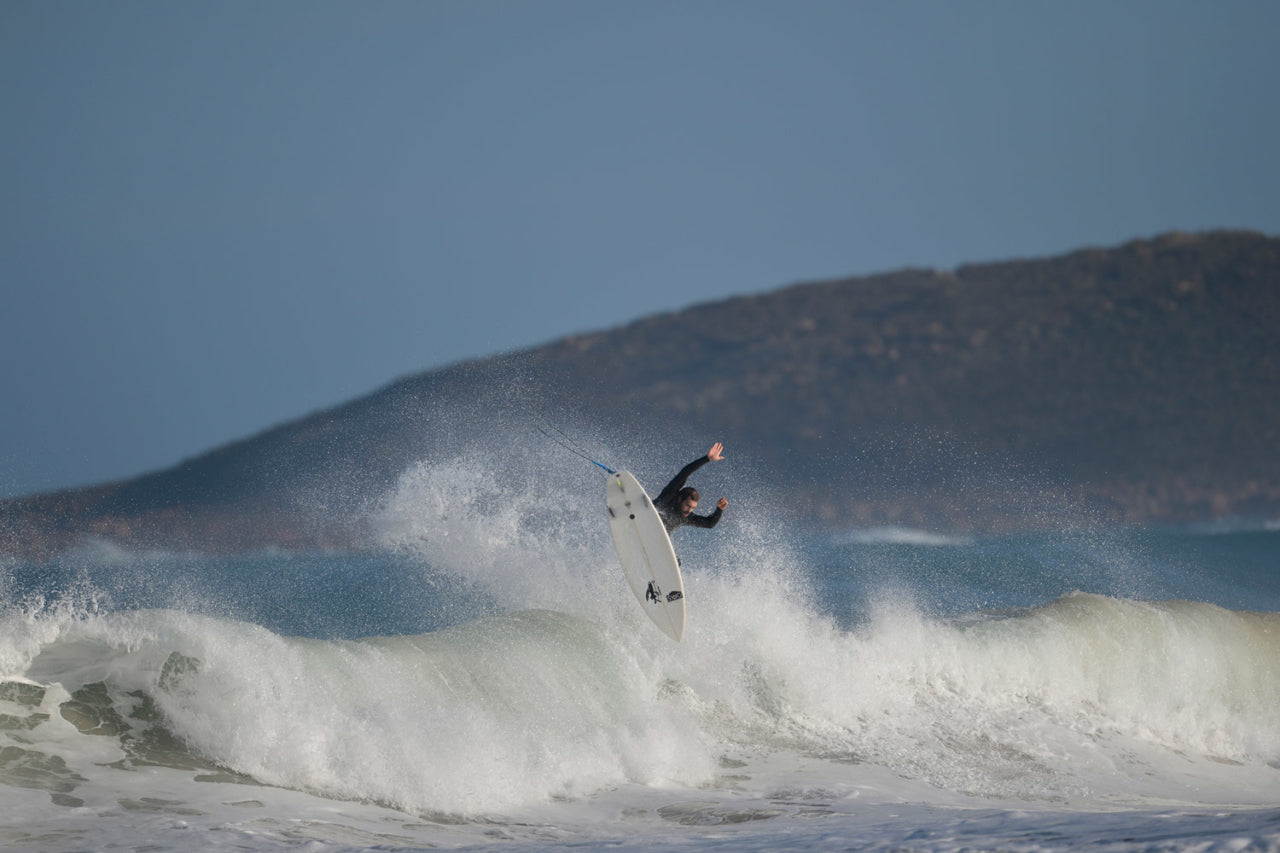Update from Patagonia Australia: In a major victory for the people of the Australian coast, Norwegian energy giant Equinor has abandoned its plan to develop the Great Australian Bight as a deep water oil field. In doing so they became the fourth major oil company in four years to walk away.
The Fight For The Bight has been a line in the sand. It is the single biggest coastal environmental action in Australian history. It has grown from a tiny grassroots group down in the Bight to a national movement involving tens of thousands of people—surfers and coastal communities stood alongside campaigners from The Wilderness Society, the Great Australian Bight Alliance, and Surfrider Foundation Australia.
We’d like to extend our deepest thanks to everyone who paddled out and spoke up for one of the last great tracts of marine wilderness on earth.
For now, the Bight will remain wild and free.
Heath Joske drives a 1997 Toyota Hilux truck. It’s rusty, dusty and held together by protest stickers. The truck has done half-a-million miles, most of them off-road.
Joske lives with his young family on an old sheep run outside of Streaky Bay, a small fishing town in the Great Australian Bight. The tarred road from town ends just up from his driveway, and from there it’s all dirt roads to the coast. The Bight is a sprawling, sparse coastline, and chasing waves here needs a reliable set of wheels. The Hilux has served him well.
“It’s an old banger but I’m quite attached to it,” he offers dryly. “Down here as a surfer, you spend half your life driving. You get to know your car pretty well.”
Chasing surf on this coast requires a lot of miles and a lot of fuel. It’s with just the faintest irony, then, that Joske’s car sports a “Big Oil Don’t Surf” sticker, and Joske has found himself leading a campaign against the development of a deep-water oil field out in the Bight. It’s been a controversial issue, and he’s stuck his neck out. He’s heard every criticism and made peace with them all.
“The ‘not in my backyard’ line, I get that a lot,” he says. “The ‘hypocrite’ line, I get that a lot too, and it’s true. Absolutely. I drive a car that burns fuel. My boards are made from oil derivatives. But what choice have I got? The system here in Australia and all around the world is rigged to keep us using oil, despite knowing full well it’s killing off any kind of liveable future.”





















